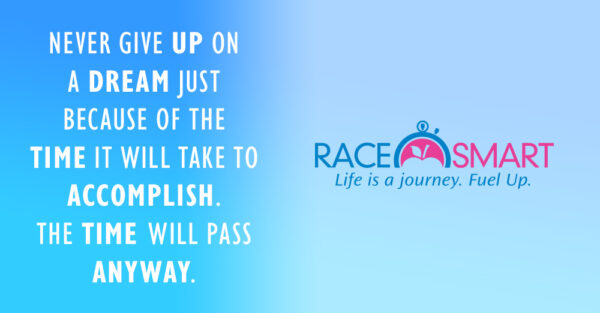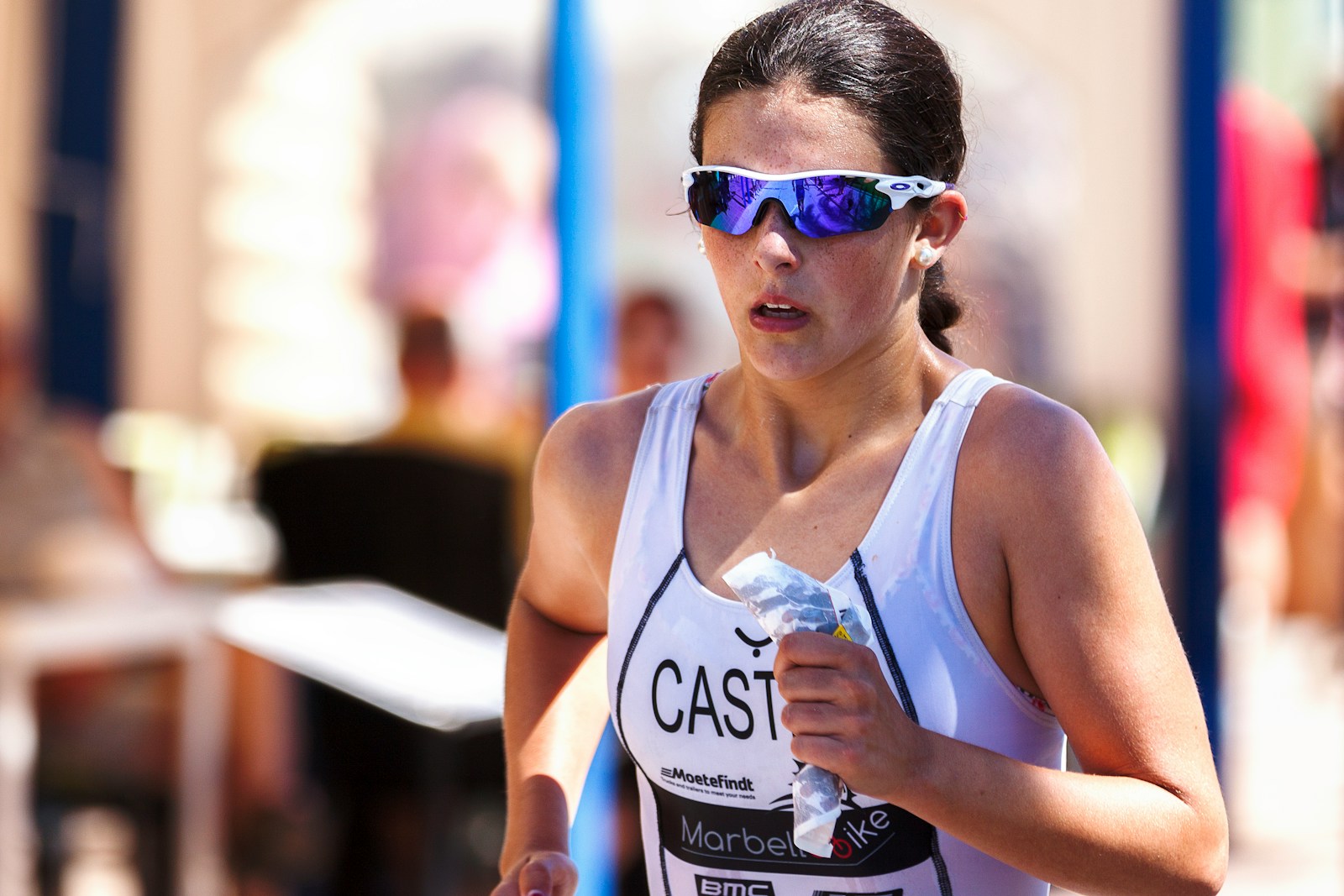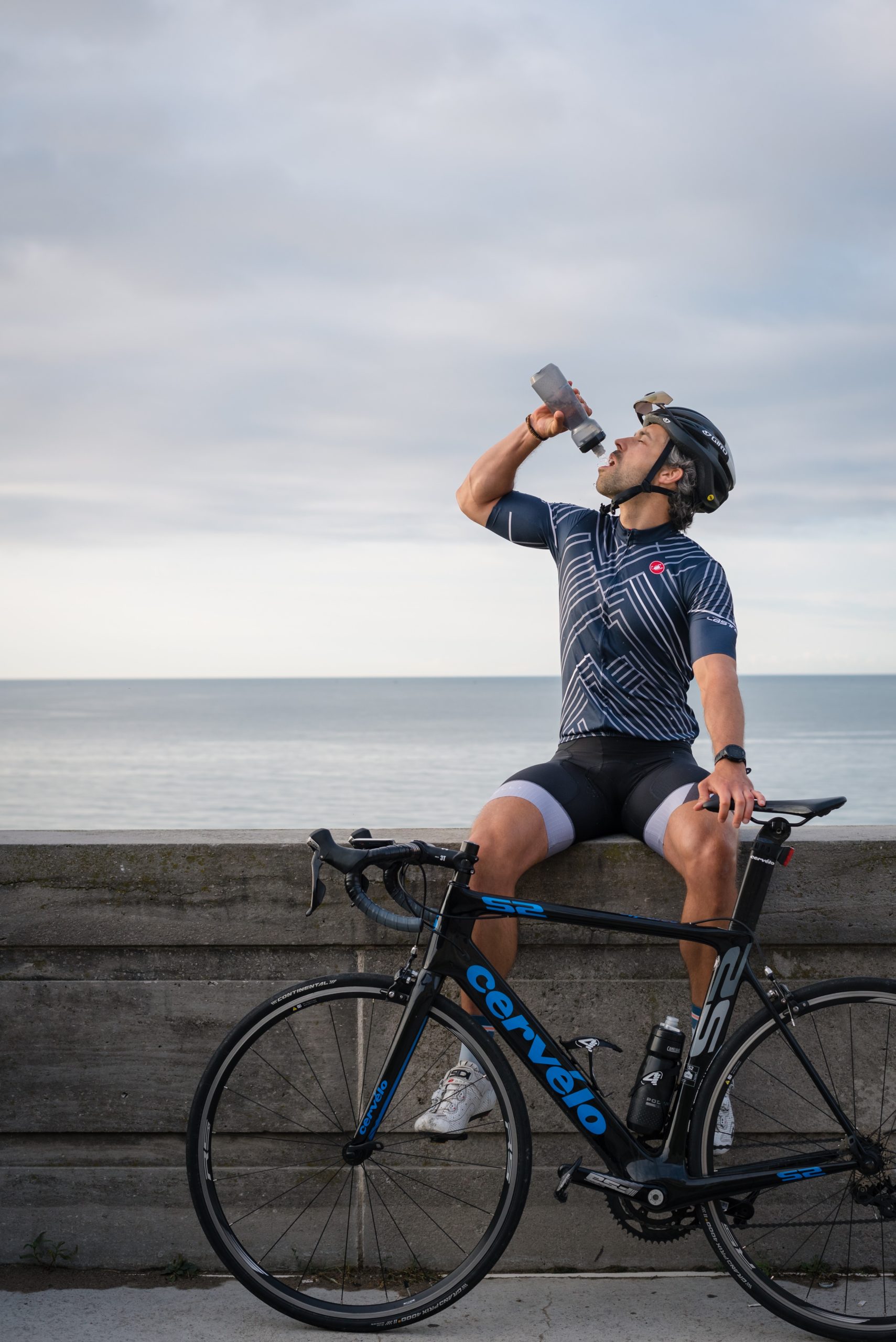Couch to Finish Line – A Beginning Runner’s Guide to Sport Nutrition

The 2020 race season is just around the corner and whether you’ve committed to a race or are still on the fence, it’s time to buckle up, put on your big person pants and take the plunge, no looking back, no regrets. Although, initially, it won’t be easy going from couch to training, remember anything that seems hard is worth your effort. Consider it an investment in yourself.
Nutrition and training
Once training begins, you may notice an increase in appetite and cravings, fatigue, body soreness, even moodiness. Anytime your activity level increases, energy requirements go up as well. Nutrition plays a key role in your physiology, performance, health, and recovery. When energy requirements are high, it’s even more important that your food choices be nutritious, balanced and health-promoting.
Although it sounds counter-intuitive, it’s not uncommon for athletes to gain weight as training increases due to under-eating and under-fueling. In low energy availability, the body will downregulate metabolism and hormones to defend against the perceived threat of starvation, hence making it easier to gain weight. Sometimes it is unintentional, such as leaving meals to chance, which can result in nutrient-poor choices and untimely eating. On the other hand, a diet of rigidity, restriction, and obsession leads to an energy deficit. Neither of these eating strategies supports performance, health or body composition goals.
Counting calories?
Supported by popular demand, many validate enjoying extra treats based on the reported caloric burn during a workout. However, don’t fall into the trap. Why? For starters, the caloric burn may be inaccurate and secondly, it doesn’t take into consideration that both carbohydrates (carbs) and fat were utilized to fuel your effort. Your carb burn depends on the intensity and duration of the training session. High-intensity and high-volume sessions burn carbohydrates much faster than low-intensity, low-volume sessions (conversational, easy efforts).
Therefore, your daily carbohydrate intake should vary according to your daily workout load. Daily fat intake remains the same, while protein needs increase on intense or strength-based training days due to the stress placed on your muscles and bones.
So, instead of obsessing over calories, it’s best to dial in your macronutrient (carbs, protein, and fat) needs to boost fitness, speed recovery, support your immune system and optimize body composition.
Daily macronutrient needs based on activity.
Daily activity Carb intake Protein intake Fat intake
Day off or light activity 3g/kg 1.2-1.6g/kg 1g/kg
30-60 min- low intensity 3-5g/kg 1.4-1.6g/kg 1g/kg
60-90 min -low intensity 4-6g/kg 1.5-1.6g/kg 1g/kg
45-75 min-mod to high 5-7g/kg 1.6-1.7g/kg 1g/kg
90+ mod to high 5-7+g/kg 1.6-1.8g/kg 1g/kg
1kg = 2.2lb (Divide your weight in pounds by 2.2 to get your weight in kilograms.)
Fueling around training
But eating more carbs anytime during the day isn’t going to make the cut. It’s not only the amount of carbohydrate you consume but WHEN that matters. Carbs are fuel to the body just like gas is fuel to a car. So, ideally, you want to give your body more fuel around its most active time of the day. Not eight hours later when you feel hungry.
“Bookending” your workout with a pre and post-workout snack/meal is the single best way to fast track the restocking of glycogen (stored carbs in the liver and muscle), adequately recover, support metabolic and immune health, and offset late-day cravings.
Pre-workout fueling should be 30-60 minutes prior to exercise. Choose easy to digest carbs that are low in fat and fiber. Aim for 20-30 grams carbs such as white bread, applesauce, bananas, oatmeal, graham crackers, or rice cakes that leave minimal residue in the stomach. Always hydrate before workouts but be mindful to avoid overhydrating and flooding the system.
Fueling guidelines during activity
- <45 min, low-intensity sessions: consume 20-24 fluid ounces water (add electrolytes to offset extreme sweat loss).
- 60-75+ min, or high-intensity sessions: 30-50g carbs (small amounts at a time), 250-400mg sodium, and 20-24 fluid ounces per hour. Drink 2-4 gulps (2-4 ounces) every 10-15 minutes or small, frequent sips – starting early in the workout.
Recovery fuel
The quicker you recover today, the harder you can train tomorrow. The post-workout fuel is non-negotiable. Look at it this way, if you are going to make the effort to train, give your body the fuel it needs to recover. If you hope to lose some weight, all the more reason to fuel when your body needs it, not later that day when you finally feel hungry because you missed the recovery window. At that point, your metabolism is at rest, and you can count on that snack not doing you any favors.
Even if you aren’t hungry after a workout or you’re not a morning eater, work to change that. The body is highly adaptable and has evolved into your eating pattern. The reason you aren’t hungry in the mornings is your body isn’t accustomed to eating at that time of day.
The recovery snack could easily be breakfast (if a morning workout) or dinner (if an evening workout), and it doesn’t need to be an elaborate five-course meal.
What and when to eat for recovery?
Within 30-45 minutes, aim for 20-30g protein paired with carbs. Start with a liquid snack to improve palatability and compliance. Examples include a Cocoa Elite complete body protein with milk or water, Cocoa Elite whey protein with sweetened almond milk, Greek yogurt with fruit or granola, chocolate milk or milk alternative, or whey protein mixed in oatmeal with extra liquid so it’s drinkable.
Sleep
Sleep is the one recovery modality that is free and often undervalued. Don’t skimp on your zzz’s. Aim for 7-10 hours of restful sleep per night. To optimize restorative sleep, go to bed and wake up around the same time each day, avoid caffeine after 12 noon, limit naps to less than 30 minutes and reduce screen time at night.
Mental training
Did you know that your body can hear everything your mind thinks and says? Reinforcing a negative mindset is a great way of stopping you dead in your tracks. The mentality, “I’m not a real triathlete,” needs to be deleted from your vocabulary. You’ve signed up for a triathlon, so why aren’t you a triathlete? Let’s change the lens in which we view ourselves.
Anyone who runs is a runner, anyone or does a triathlon is a triathlete. The myth that “real” athletes (whatever that means) should be thin or fast or podium-worthy is ridiculous. Don’t fall into that warped way of thinking. We are all unique, in varying sizes, shapes, strengths, and weaknesses but we can all be great in our own right. Choose to ignore the negative chatter, stop self-criticism, and embrace who you are, and your goals. Dream big – set the bar high – train consistently – feed your body – and allow adequate recovery. Stroke by stroke and step by step you’ll get there.
Remember your why
It’s important to remember why you signed up for the race. Your ‘why’ is the key to your success and what gets you out of bed at the crack of dawn and says no to the late-night party. Some reasons why we sign up for races is to prove to ourselves we are capable of more, to break out of our comfort zone, shed a few pounds, or get in shape after a break. Whatever your reason, keep it handy and pull it out when you need a good kick in the pants.
See you at the finish line!









